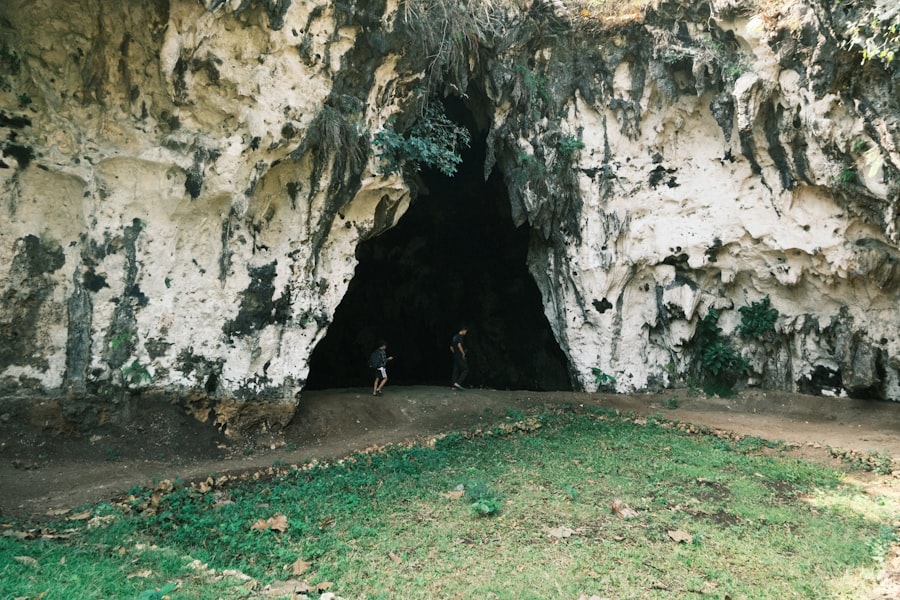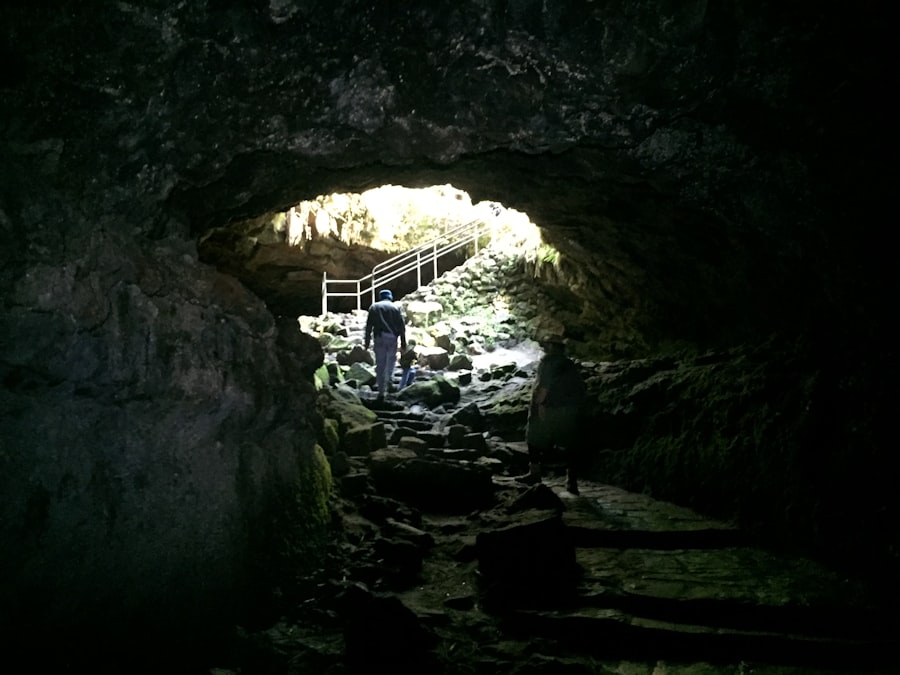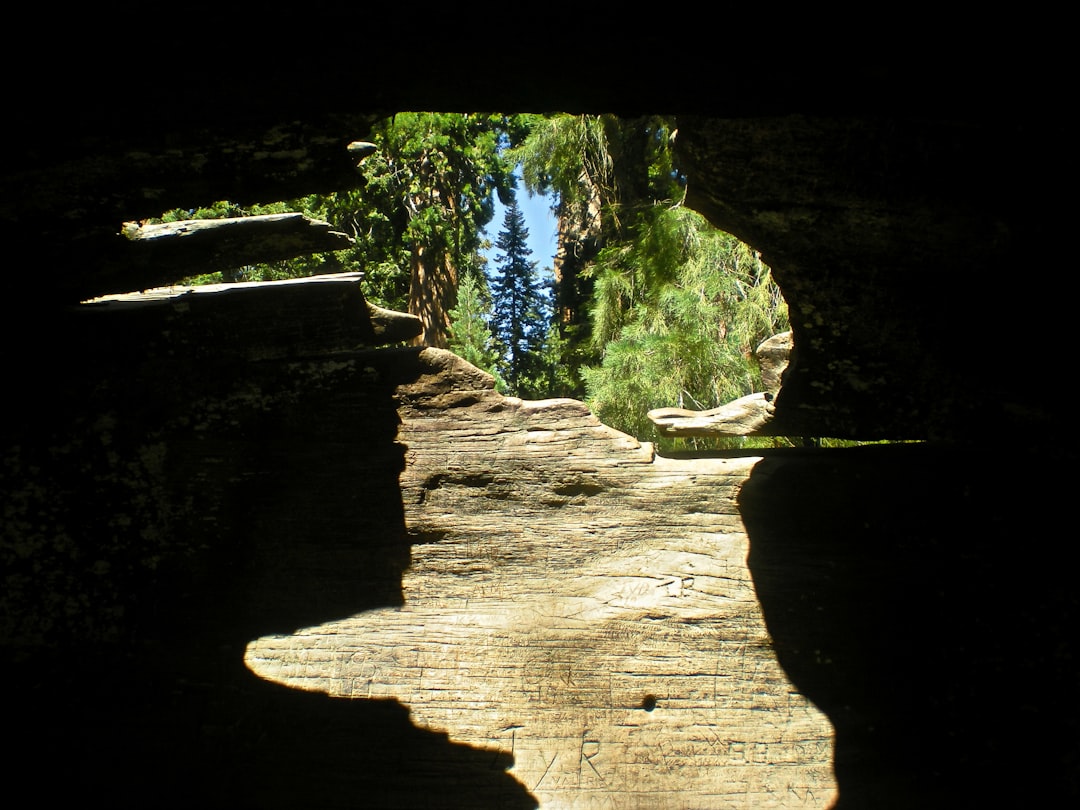The Drake Passage, a body of water that separates South America from Antarctica, is renowned for its tumultuous seas and rich marine biodiversity.
Stretching approximately 800 kilometers (500 miles) from Cape Horn to the Antarctic Peninsula, it is often regarded as one of the most challenging maritime routes in the world.
The passage serves not only as a critical link between the Atlantic and Pacific Oceans but also as a gateway to the pristine wilderness of Antarctica. The significance of the Drake Passage extends beyond its geographical location; it is a vital area for understanding oceanic currents and climate patterns. The confluence of the cold Antarctic waters and the warmer currents from the north creates a unique marine environment that supports a diverse array of wildlife.
As explorers and researchers continue to study this remarkable region, they uncover insights into both its ecological importance and its role in global climate systems. The Drake Passage stands as a testament to the power of nature, drawing those who seek to experience its beauty and challenges firsthand.
Key Takeaways
- The Drake Passage is a body of water between South America’s Cape Horn and the South Shetland Islands of Antarctica.
- The Drake Passage is a crucial link between the Atlantic and Pacific Oceans, allowing for the circulation of water and marine life.
- The weather in the Drake Passage is known for its strong winds and rough seas, making it a challenging area for navigation.
- The passage is home to a diverse range of wildlife, including penguins, seals, and various species of whales.
- Navigating the Drake Passage presents significant challenges due to its unpredictable weather and rough seas, requiring careful planning and experienced crew.
The Geographical Significance of the Drake Passage
Geographically, the Drake Passage is a crucial conduit for oceanic circulation. It connects the Atlantic and Pacific Oceans, allowing for the exchange of water masses that significantly influence global climate patterns. The passage is characterized by its deep waters, with depths reaching over 5,000 meters (16,404 feet) in some areas.
This depth plays a vital role in the movement of ocean currents, particularly the Antarctic Circumpolar Current, which flows uninterrupted around Antarctica. This current is essential for regulating temperatures and nutrient distribution across the Southern Ocean. The geographical features of the Drake Passage also contribute to its reputation as a formidable maritime route.
The narrowness of the passage, combined with its exposure to fierce winds and unpredictable weather conditions, creates a challenging environment for navigation. The convergence of different oceanic currents can lead to turbulent seas, making it a site of both danger and fascination for sailors. Understanding these geographical dynamics is crucial for those who venture into these waters, as they must navigate not only the physical challenges but also the ecological significance that this unique passage holds.
Weather and Climate in the Drake Passage

The weather in the Drake Passage is notoriously unpredictable, characterized by rapidly changing conditions that can shift from calm to stormy within moments. The region experiences strong winds, particularly from the west, which can create large swells and rough seas. These winds are often exacerbated by the topography of the surrounding landmasses, including Cape Horn to the north and the Antarctic Peninsula to the south.
As a result, sailors must be prepared for sudden changes in weather that can pose significant risks during their journeys. The climate of the Drake Passage is classified as subpolar oceanic, with cool temperatures year-round. During the summer months, temperatures can reach up to 10 degrees Celsius (50 degrees Fahrenheit), while winter temperatures often drop below freezing.
Precipitation is common throughout the year, with snow and rain contributing to the region’s overall moisture levels. This climate supports a unique ecosystem that thrives in cold waters, making it an area of interest for researchers studying climate change and its impacts on marine life.
Wildlife in the Drake Passage
| Species | Population | Threat Level |
|---|---|---|
| Antarctic Fur Seal | Over 3 million | Least Concern |
| Wandering Albatross | Approximately 25,000 | Vulnerable |
| Blue Whale | Unknown | Endangered |
| Antarctic Krill | Unknown | Least Concern |
The Drake Passage is home to an astonishing variety of wildlife, making it one of the most biodiverse marine environments on Earth. The nutrient-rich waters support an abundance of plankton, which serves as the foundation for a complex food web. This rich ecosystem attracts numerous species of fish, seals, and seabirds, as well as larger marine mammals such as whales.
Among these are species like the humpback whale, orca, and blue whale, which migrate through these waters in search of food. Birdwatchers flock to the Drake Passage to observe its diverse avian population. Species such as albatrosses, petrels, and skuas can often be seen soaring above the waves or diving for fish.
The sight of these magnificent birds gliding effortlessly on ocean breezes adds to the allure of this remote region. The presence of such diverse wildlife not only highlights the ecological importance of the Drake Passage but also underscores the need for conservation efforts to protect these species and their habitats.
Historical Expeditions and Discoveries in the Drake Passage
The history of exploration in the Drake Passage is rich and varied, marked by daring voyages and significant discoveries. Sir Francis Drake himself was one of the first Europeans to navigate these treacherous waters during his circumnavigation of the globe in 1578. His journey opened up new routes for trade and exploration, paving the way for future expeditions to Antarctica.
Over the centuries, many explorers have ventured into the passage, each contributing to our understanding of this remote region. In addition to exploration for trade and discovery, scientific expeditions have played a crucial role in uncovering the mysteries of the Drake Passage. Researchers have studied its unique oceanographic conditions and their implications for global climate patterns.
The passage has served as a natural laboratory for scientists seeking to understand ocean currents, marine ecosystems, and even climate change’s impact on polar regions. These historical expeditions have laid the groundwork for contemporary research efforts aimed at preserving this vital marine environment.
Challenges of Navigating the Drake Passage

Navigating the Drake Passage presents numerous challenges that test even the most experienced mariners. The combination of strong currents, unpredictable weather patterns, and rough seas creates an environment that demands respect and caution. Sailors must be prepared for sudden storms that can arise without warning, leading to dangerous conditions that can jeopardize both vessels and crew members.
The passage’s reputation for being one of the roughest stretches of water in the world is well-deserved. In addition to natural challenges, navigational hazards such as icebergs pose significant risks during certain times of the year. As vessels approach Antarctica, they must remain vigilant for drifting ice that can obstruct their path or cause damage.
This necessitates careful planning and real-time monitoring of conditions to ensure safe passage through these treacherous waters.
Modern-Day Expeditions and Tourism in the Drake Passage
In recent years, modern-day expeditions have transformed how people experience the Drake Passage. With advancements in technology and navigation tools, more travelers are venturing into this remote region than ever before. Cruise lines offer guided tours that allow passengers to witness breathtaking landscapes and diverse wildlife while learning about the ecological significance of this unique area.
These expeditions provide an opportunity for individuals to connect with nature in ways that were previously unimaginable. Tourism in the Drake Passage has also raised awareness about environmental conservation efforts. Many tour operators emphasize responsible travel practices that minimize human impact on fragile ecosystems.
By educating travelers about the importance of preserving marine habitats and wildlife, these expeditions contribute to a greater understanding of environmental issues facing this region. As interest in Antarctic tourism continues to grow, it is crucial that both operators and travelers prioritize sustainability to protect this pristine environment for future generations.
Research and Scientific Discoveries in the Drake Passage
The Drake Passage serves as a vital site for scientific research aimed at understanding oceanic processes and their implications for global climate change. Researchers from around the world conduct studies on various aspects of marine biology, oceanography, and climate science within this unique environment. The passage’s dynamic currents and rich biodiversity provide valuable data that contribute to our understanding of how oceans function and respond to changing conditions.
Recent scientific discoveries in the Drake Passage have shed light on critical issues such as ocean acidification and its effects on marine life. Studies have shown that rising carbon dioxide levels are impacting not only water chemistry but also species composition within these waters. By monitoring changes over time, scientists can better predict how ecosystems may respond to ongoing climate change.
The research conducted in this region is essential for informing conservation strategies and policy decisions aimed at protecting vulnerable marine environments.
Environmental Concerns in the Drake Passage
As interest in tourism and exploration grows in the Drake Passage, so too do concerns about environmental sustainability. The delicate ecosystems within this region are vulnerable to human activities that can disrupt natural processes and threaten wildlife populations. Issues such as pollution from ships, overfishing, and climate change pose significant risks to marine habitats that are already under pressure from global environmental changes.
Efforts are underway to address these environmental concerns through international cooperation and regulation. Organizations such as the Commission for the Conservation of Antarctic Marine Living Resources (CCAMLR) work to establish guidelines for sustainable fishing practices and protect critical habitats within the Southern Ocean. Additionally, raising awareness among travelers about responsible tourism practices is essential for minimizing human impact on this fragile environment.
By prioritizing conservation efforts, stakeholders can help ensure that future generations will be able to experience the beauty and wonder of the Drake Passage.
Safety Measures and Precautions for Traveling through the Drake Passage
Traveling through the Drake Passage requires careful planning and adherence to safety measures designed to protect both passengers and crew members. Vessels operating in these waters must be equipped with advanced navigation systems and safety equipment capable of handling rough seas and adverse weather conditions. Crew training is also paramount; experienced mariners are essential for ensuring safe navigation through this challenging environment.
Travelers embarking on expeditions through the Drake Passage should be informed about potential risks associated with maritime travel in this region. It is advisable for passengers to participate in safety briefings provided by tour operators before setting sail. Understanding emergency procedures and being aware of weather forecasts can significantly enhance safety during voyages across these turbulent waters.
By prioritizing safety measures and precautions, both operators and travelers can enjoy their experiences while minimizing risks associated with navigating one of nature’s most formidable passages.
The Future of Exploration in the Drake Passage
The future of exploration in the Drake Passage holds great promise as advancements in technology continue to enhance our understanding of this remarkable region. Innovations such as autonomous underwater vehicles (AUVs) are being utilized to conduct research in areas previously inaccessible due to harsh conditions or depth limitations. These technologies allow scientists to gather data on marine ecosystems with minimal disturbance while providing insights into oceanographic processes that influence global climate patterns.
As interest in Antarctic exploration grows among researchers and tourists alike, it is crucial that sustainable practices remain at the forefront of future endeavors. Balancing exploration with conservation will be essential for protecting fragile ecosystems while allowing individuals to experience firsthand the beauty of this remote region. Collaborative efforts among governments, scientists, tour operators, and conservation organizations will play a vital role in shaping responsible exploration practices that ensure both human curiosity and environmental stewardship go hand in hand.
In conclusion, the Drake Passage stands as a symbol of nature’s power and beauty—a place where adventure meets scientific discovery amidst some of Earth’s most challenging conditions. As explorers continue to navigate its waters, they contribute not only to our understanding of this unique environment but also highlight our responsibility to protect it for generations to come.
The Drake Passage, a significant body of water located between the southern tip of South America and Antarctica, is renowned for its challenging navigation conditions and its role in global ocean circulation. For those interested in exploring more about this fascinating location, an insightful article can be found on MyGeoQuest. This article delves into the geographical and historical significance of the Drake Passage, offering readers a comprehensive understanding of its impact on maritime travel and climate. To read more, visit the article on MyGeoQuest.
WATCH HERE: Drake Passage: Earth’s Deadliest Waters Revealed
FAQs
What is the location of Drake Passage?
Drake Passage is a body of water located between the southern tip of South America (Cape Horn) and the South Shetland Islands of Antarctica.
How wide is the Drake Passage?
The Drake Passage is approximately 800 kilometers (500 miles) wide.
What is the significance of the Drake Passage?
The Drake Passage is known for its rough seas and strong winds, making it a challenging and iconic route for ships traveling between the Atlantic and Pacific Oceans.
What is the climate like in the Drake Passage?
The climate in the Drake Passage is characterized by strong winds, high waves, and cold temperatures, as it is a convergence zone for the Antarctic Circumpolar Current and the warmer waters of the north.
What wildlife can be found in the Drake Passage?
The Drake Passage is home to a diverse range of marine wildlife, including whales, seals, and various species of seabirds. It is also a popular area for birdwatching and whale-watching expeditions.
Are there any islands in the Drake Passage?
The South Shetland Islands, an archipelago of islands, are located at the northern end of the Drake Passage and are a popular destination for scientific research and tourism.
